
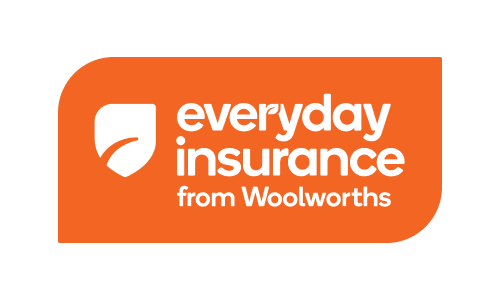


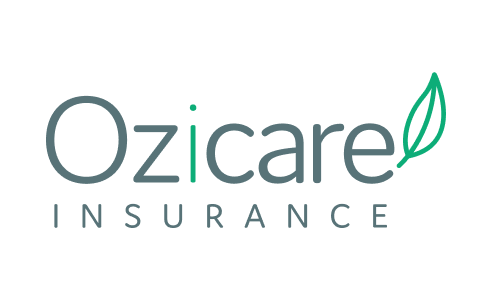

We do not compare all brands in the market or all products offered by all brands. At times certain brands or products may not be available or offered to you. Learn more about how our comparison service works.
What’s the difference between types of car insurance?
We’ve compiled this table of benefits to help you see the differences between the levels of cover. This information should be used as a guide only, as different policies and insurers might offer varying coverage.
Top 3 things to know about car insurance in Australia
It pays to compare
Compare quotes in minutes and start saving today.
Simple to use
Get started by answering a few quick questions to help us understand your needs.
Compare & save
Save time and money by easily comparing options from a range of providers side-by-side.
Switching is easy
Follow a few easy steps online to switch to a new deal that suits you and your budget.
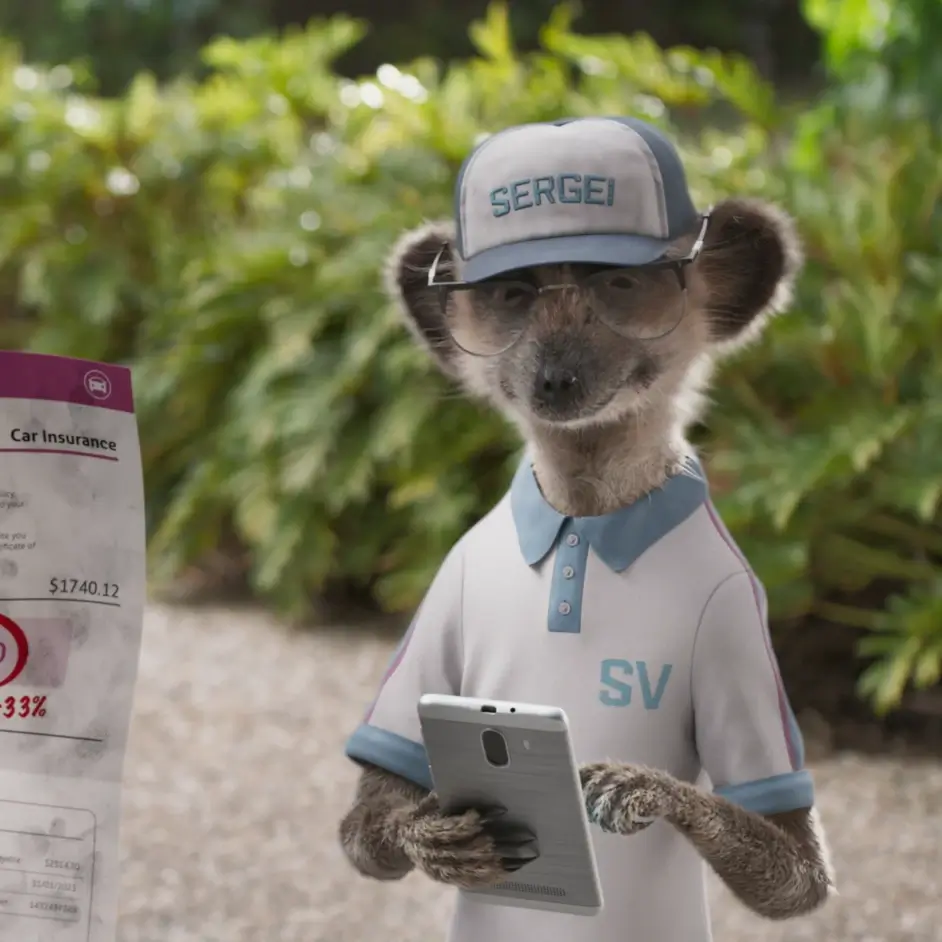
Why compare with us?
Our smart comparison technology is trusted, free, safe and secure.
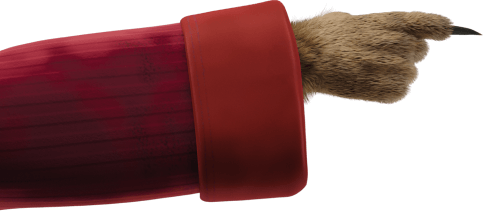
We believe the best decisions start with a comparison.
We’re proud to have helped millions of Aussies look for a better deal.


A guide to car insurance in Australia
Updated 15 May 2024



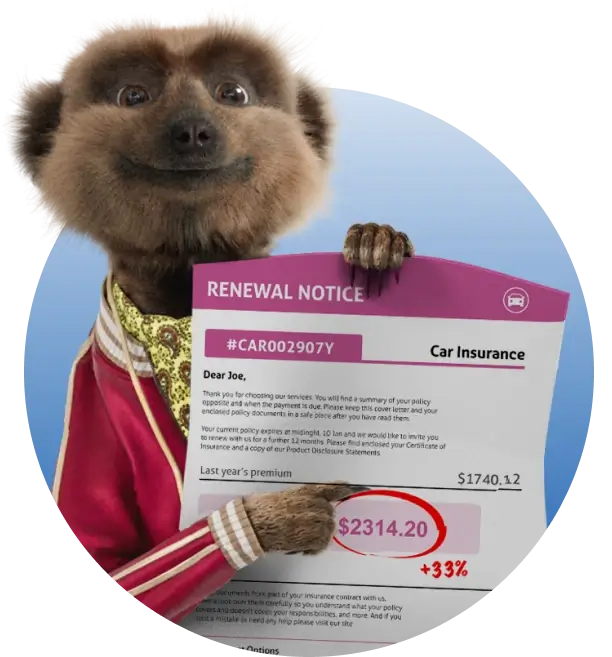



 Drivers are constantly surprised with unexpected road hazards and weather events when out on the roads and even at home. To ensure your vehicle is protected in more circumstances, it’s essential that you take out the right level of insurance for your current needs.
Drivers are constantly surprised with unexpected road hazards and weather events when out on the roads and even at home. To ensure your vehicle is protected in more circumstances, it’s essential that you take out the right level of insurance for your current needs.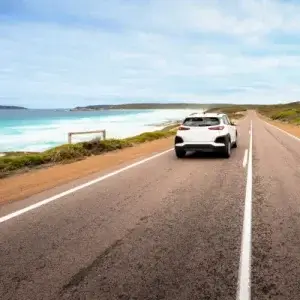 If you want to extend the cover for your vehicle, many Australian car insurance providers will offer you optional extras to give you further peace of mind by providing you with broader cover. Some common optional extras can include:
If you want to extend the cover for your vehicle, many Australian car insurance providers will offer you optional extras to give you further peace of mind by providing you with broader cover. Some common optional extras can include: